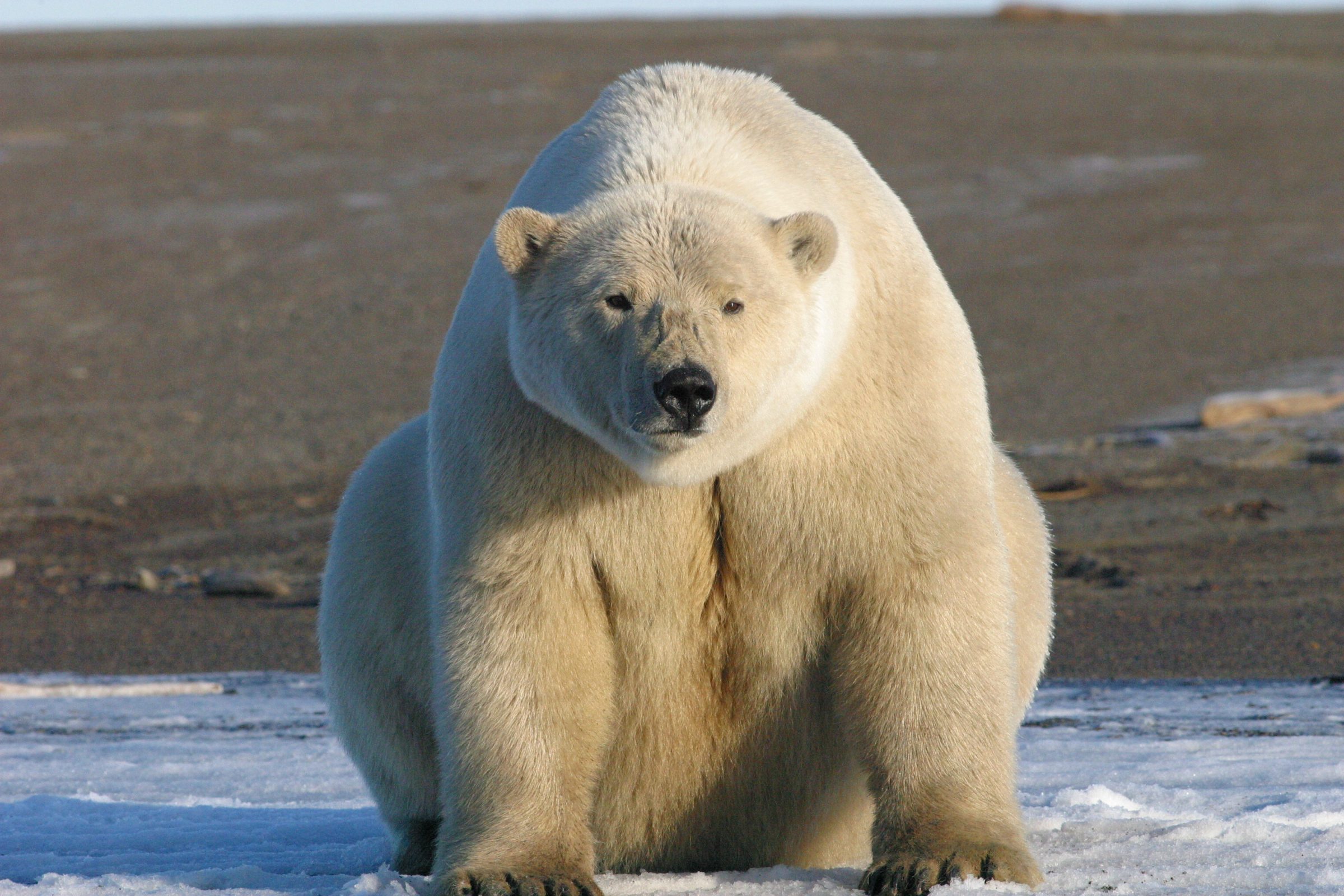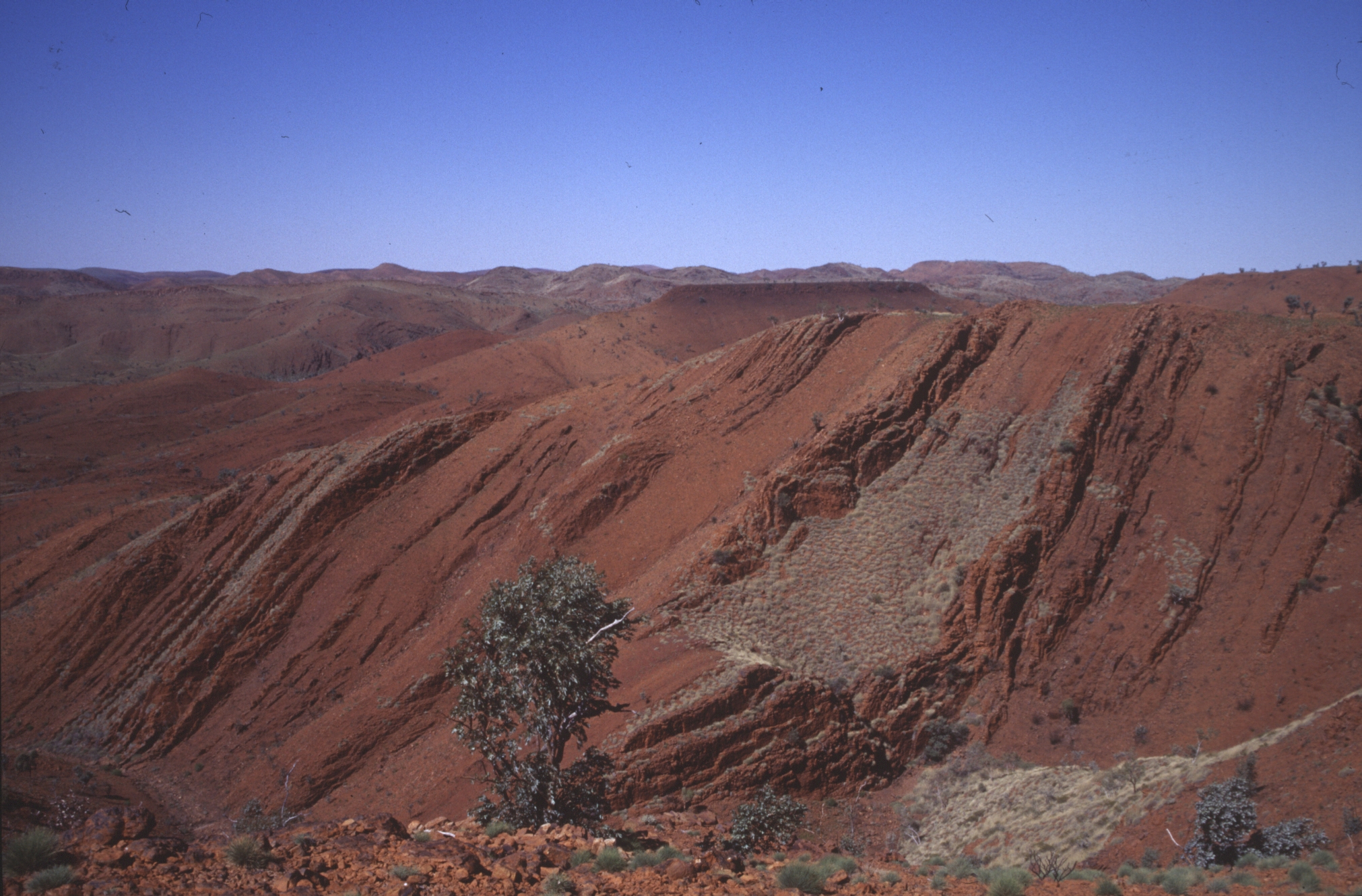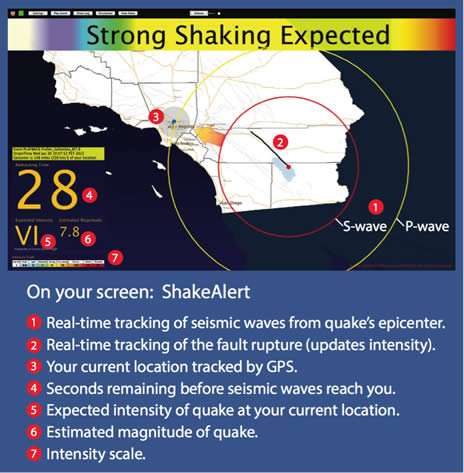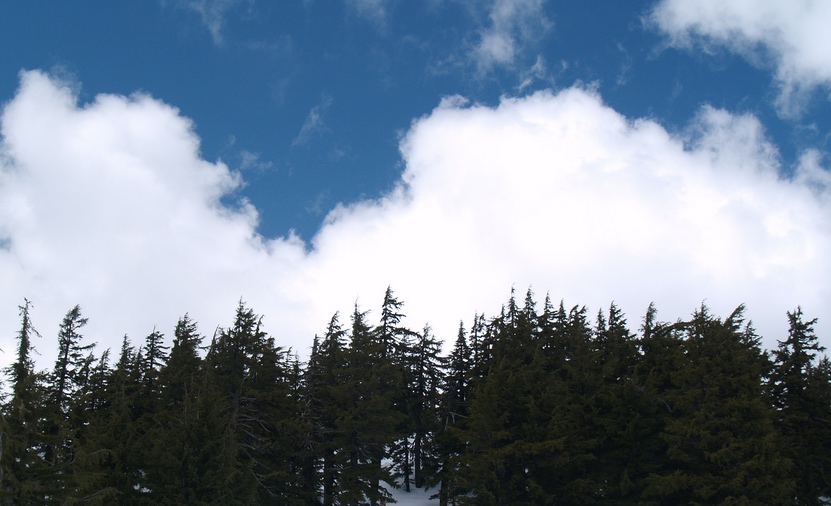Aquatic and Fishery Sciences’ Kristin Laidre and a team from across the globe just published their findings on what the future looks like for Arctic marine mammals, whose fragile habitats are shifting as a result of sea ice loss and warming temperatures. Their recent study, published in Conservation Biology, found that reductions in sea ice cover are “profound” and that the Arctic’s traditionally short, cool summers are growing longer in most regions by five to 10 weeks.
Read more at UW Today »UW scientists urge conservation managers to act quickly, make decisions despite the unknowns
Is it possible to fully grasp a changing, natural system? Two scientists from UW’s Aquatic and Fishery Sciences say it is not, and that important policy moves should not hinge on knowing every fact. Instead, Daniel Schindler and Ray Hilborn suggest conservation managers learn to make decisions and develop robust policies that will remain effective even in an uncertain future. The scientists assert that managing ecosystems and natural resources where uncertainty is present often requires that tough, but necessary decisions be made without every detail.
Read more at UW Today »World's oldest rocks show signs of life on Earth 3.2 billion years ago
Recent findings from Earth and Space Sciences‘ Roger Buick, Eva Stüeken, and Matt Koehler, with Bradley Guy from the University of Johannesburg, suggest that life on Earth may have flourished more than a billion years earlier than previously thought. Nitrogen is a building block of amino and nucleic acids, both essential for life on Earth. By studying some of the planet’s oldest rocks, which contain preserved chemical clues and are free of chemical irregularities, the team concluded that life was pulling nitrogen out of the air and converting it into a form that could support larger communities 3.2 billion years ago.
Read more at UW Today »UW researchers test Washington's first-ever earthquake detection system
Earth and Space Sciences’ John Vidale, Paul Bodin, and the University of Washington-based Pacific Northwest Seismic Network team, will soon begin testing the region’s first early warning system for incoming earthquakes. Originally developed for use in California, the system will create an automated alert giving people anywhere from a few seconds to more than a minute’s warning before an earthquake’s S waves begin to shake the ground.
Read more at UW Today »Could brighter clouds offset warming caused by greenhouse gas emissions?
Atmospheric Sciences’ Tom Ackerman and Rob Wood recently contributed to a proposal that would test the effectiveness of spraying sea-salt particles into marine clouds in order to make them brighter. According to The Economist, cloud physicist John Latham hypothesized that brighter clouds could cool the Earth enough to compensate for increased warming caused by greenhouse gas emissions in 1990. Several decades later and with the help of the two UW scientists, field tests on the subject could come to fruition.
Read more at The Economist »





